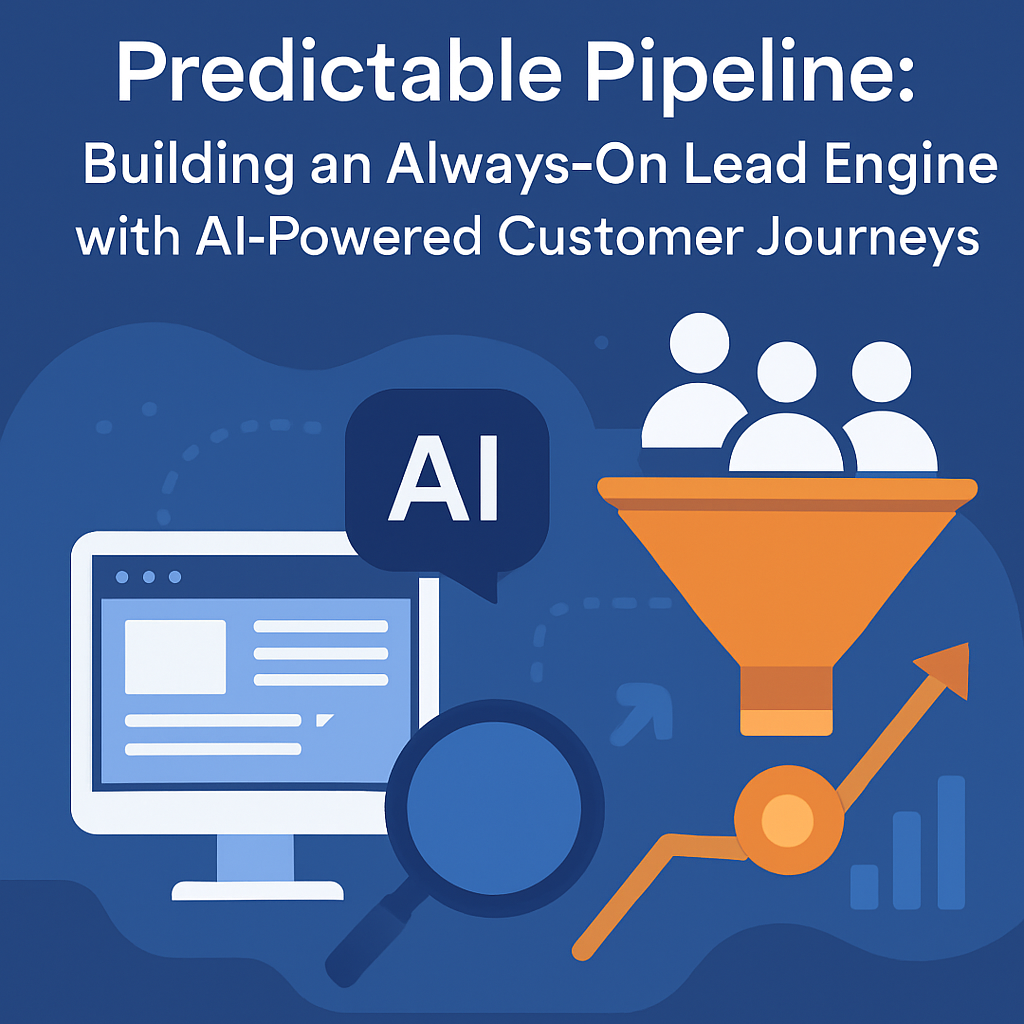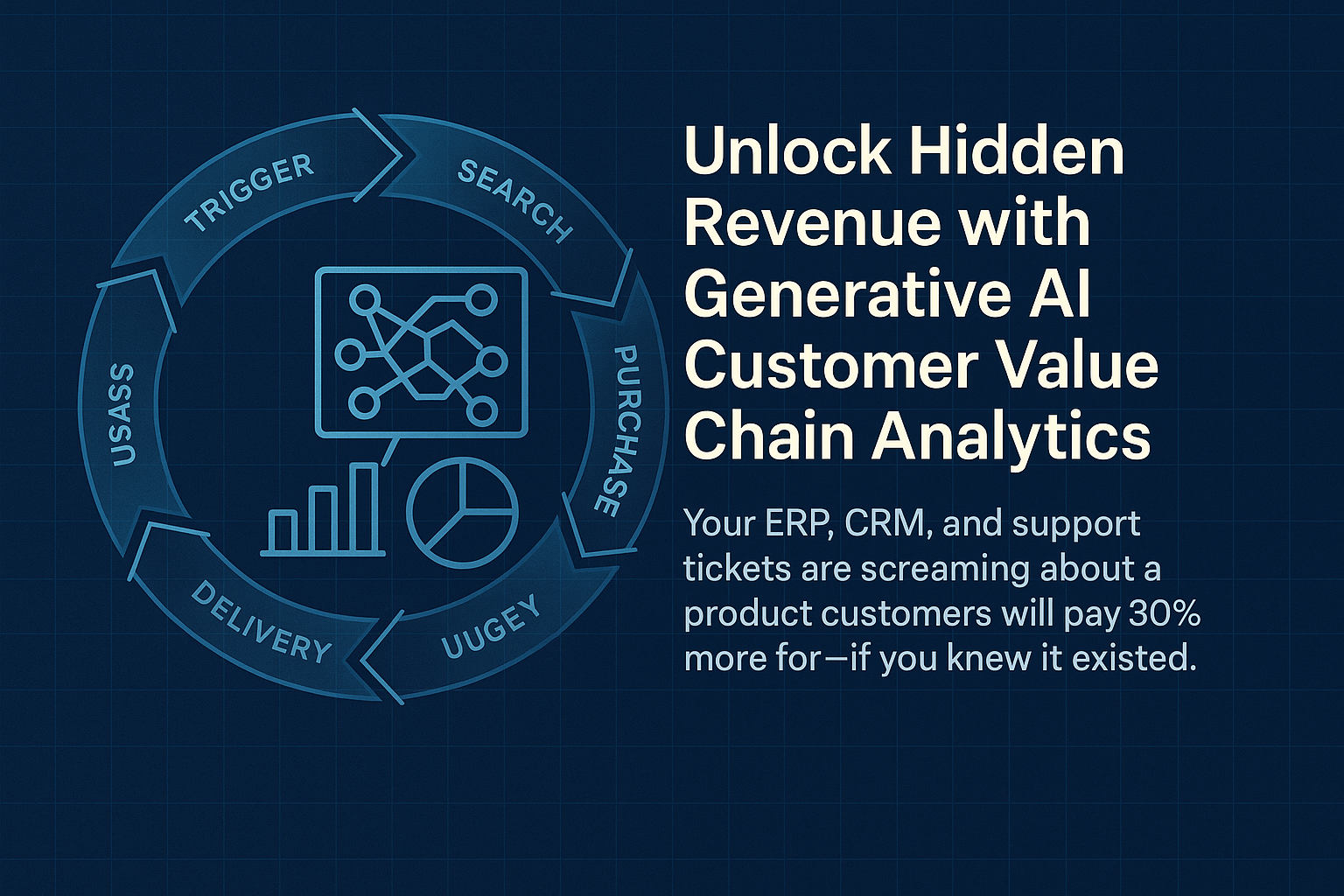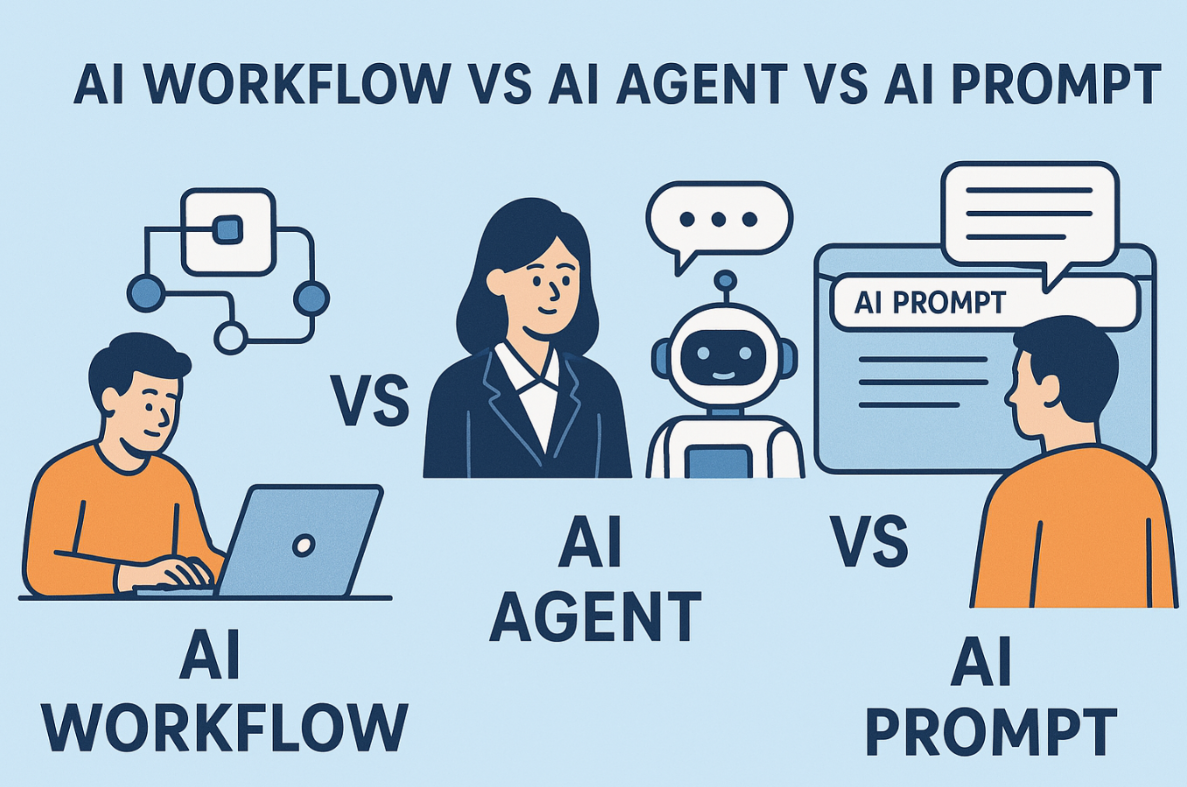Business owners and their teams are tired of digging through manuals, tabs, and databases to get answers. Multimodal AI for Business is rewriting the script. Visual uploads—like photos, screenshots, and scanned documents—are quickly becoming the fastest way to trigger tasks and access insights.
Multimodal AI for Business enables users to upload images that act as operational prompts. This includes
- extracting key information from screenshots or photos
- triggering workflows and automations based on visual content
- accelerating decision-making by interpreting documents instantly
We’re just scratching the surface of what visual inputs can do. Keep reading to see how this shift is opening new doors in automation, search behavior, and business productivity.
Key Takeaways:
- Multimodal AI for Business enables images to act as data and directives.
- Visuals are now primary inputs—not just enhancements—for AI-driven workflows.
- Structuring your content for machine readability makes it more actionable.
- Rethinking workflows with visual-first design reduces friction and increases speed.
- Getting started is easier than you think—and expert guidance can scale your results.
Table of Contents
Visual Uploads Are Changing Business Behavior Faster Than We Think
The way people search for answers in the workplace is evolving. It’s no longer about typing the right keywords or knowing where to look—it’s about reducing friction.
Uploading a screenshot is faster than writing a sentence. Scanning a document is easier than describing it. Users are naturally shifting toward image-based inputs because it aligns with how we already think: show rather than tell.
For business owners and operations teams, this behavior shift has real operational efficiency implications. It means workflows and automations must start with images. It means internal processes should be ready to accept visual inputs as triggers. And it means your digital ecosystem should be built to interpret—not just store—visual data.
From Search to Action: The New Purpose of Visual Inputs
In the past, visual search tools like Google Lens were designed to help people identify objects or find similar images. But Multimodal AI for Business introduces a different use case—one rooted in productivity, not curiosity.
Take this scenario: a facility manager uploads a photo of an equipment spec label into ChatGPT and asks about its heat output. Within seconds, the AI parses the image, recognizes the manufacturer data, and provides an actionable answer. No manuals. No help desk tickets. Just results.
This shift in user intent—from “What is this?” to “What do I do with this?”—signals a move away from passive search and toward AI-enabled execution. It’s not about browsing anymore. It’s about solving.
Why Multimodal AI for Business Is a paradigm shift
Multimodal AI for Business is more than a smart tool—it’s a bridge between static data and real-time action.
What makes it powerful is its ability to analyze image-based inputs—spec sheets, dashboards, labels, forms—and trigger operational workflows. For example:
- A logistics team uploads a shipment invoice to extract delivery times and trigger inventory updates.
- A healthcare admin scans a handwritten referral note, and the AI pulls out patient details for scheduling.
- A technician snaps a photo of a machine error code, and the system initiates a maintenance request.
These are not futuristic scenarios—they’re happening today in businesses that are rethinking how they interact with their own information.
Are Your Visual Assets Ready for AI Interpretation?
To take full advantage of Multimodal AI for Business, your content must be readable—not just for people, but for machines.
Here’s how to get started:
- Design with context: Ensure screenshots and documents include clear, unambiguous text.
- Use structured layouts: Tables, labels, and consistent formatting help AI models extract information more accurately.
- Embed cues and metadata: Add context to images—like units of measurement or field names—so AI doesn’t have to guess.
For marketers and operational teams alike, this means every visual you create is now a potential interface. The better your content is structured, the smarter the AI becomes at turning visuals into action.
Rethinking Workflow Design with Visual First Inputs
Think about the last time someone submitted a support ticket or requested help. Did they write a detailed description? Or did they send a screenshot?
Visuals are often the clearest way to show a problem—but most business workflows aren’t built to act on them directly. That’s where Multimodal AI for Business changes the game.
Instead of routing every image through a human for interpretation, businesses can deploy AI agents that read, understand, and act on visual inputs:
- An email with a photo of a damaged shipment triggers a refund.
- A dashboard screenshot uploads into a performance tracker.
- A zoning map initiates permit research.
This isn’t just automation—it’s a rethinking of how problems are reported, tracked, and solved.
How to Start Using Multimodal AI for Business Right Now
You don’t need a custom AI system to get started. Begin by exploring platforms like ChatGPT, Claude, or Gemini that allow image uploads. Run small tests: upload a document, ask a question, see what the AI returns.
Next, audit your internal workflows. Where do visual files show up? Photos, scans, whiteboard shots—these are your untapped triggers. Start mapping how those inputs could lead directly to outcomes.
When you’re ready to scale, consider AI system implementation. This is where experts come in. At Inkyma, we help businesses integrate Multimodal AI for Business into their day-to-day operations—linking image inputs to real automations, analytics, and actions.
Imagine your future today
Visual uploads aren’t just a support tool—they’re becoming the command line for business. By treating images as operational prompts, companies can unlock faster answers, smarter workflows, and more agile decision-making.
Ready to turn screenshots into solutions? Schedule a Strategy Session to talk with Inkyma about how Multimodal AI for Business can transform your workflows.
What types of images work best with Multimodal AI for Business?
Clear, high-resolution images with legible text and structured layouts work best. These include labeled forms, product specs, invoices, and dashboard screenshots. The more context and formatting consistency an image has, the easier it is for the AI to interpret and act on.
Can Multimodal AI handle handwritten notes or informal visuals?
Yes, to a degree. Modern multimodal models can recognize and process handwriting, but results vary depending on legibility and clarity. For business-critical workflows, it’s best to pair handwritten inputs with structured elements or transcriptions to improve accuracy.
Is it secure to upload business documents and images into AI tools?
Security depends on the platform you’re using. Many enterprise-grade AI tools offer end-to-end encryption and data handling compliance. For sensitive workflows, it’s smart to consult with an AI implementation partner to ensure your data is processed safely and stays within privacy regulations.
Do I need to convert PDFs to JPEGs for Multimodal AI tools to read them?
Not necessarily. Most multimodal AI tools can read both PDFs and JPEGs, but how they process them depends on the tool. PDFs with selectable text are easier to extract data from directly, while image-based PDFs may be treated similarly to JPEGs. If accuracy is important, testing both formats is a good practice, or consider using OCR-enhanced PDFs for better interpretation.












